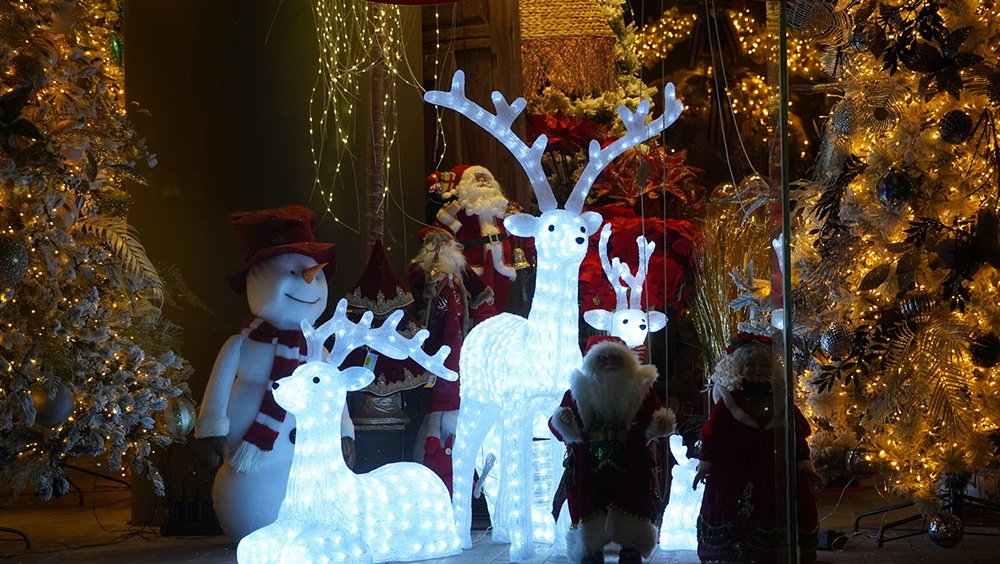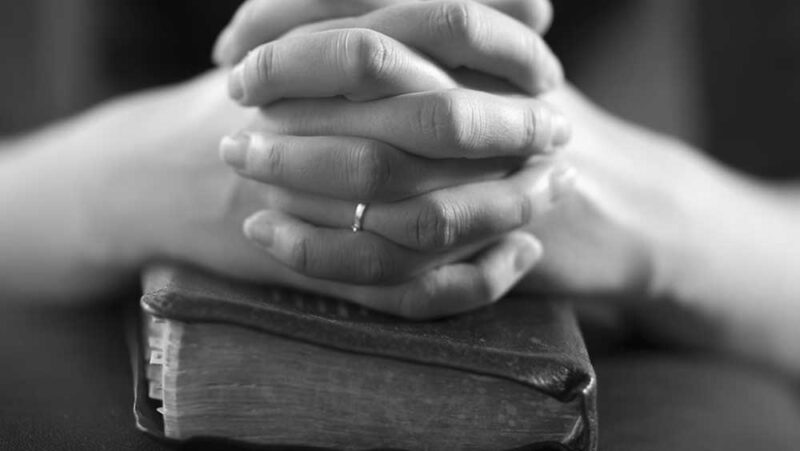How the ‘Reindeer Rule’ Keeps Christ in Christmas Displays

Each holiday season, thousands of town halls pull seasonal decorations out of storage to set up on public grounds. But doesn’t the First Amendment mean separation of church and state? Can local governments display Christmas trees and nativity scenes?
They can – if they follow the “Reindeer Rule” and include seasonal figures that are not religious, too.
In this post, we explore the origins of the Reindeer Rule, the cases that shaped it and how it applies to the First Amendment.
What is the Reindeer Rule and where did it come from?
The Reindeer Rule is sometimes known informally as the “three plastic animals” rule. It prevents government holiday displays from having only religious images. If the government display also includes figures – typically three or more – that are not religious, such as reindeer or Santa Claus, then it does not violate the First Amendment.
This rule came about from a 1984 Supreme Court case about a nativity scene displayed on public property. The local government of Pawtucket, R.I., partnered with local businesses to set up a holiday display in a public park. It included “a Santa Claus House, reindeer pulling Santa’s sleigh … cutout figures representing such characters as a clown, an elephant, and a teddy bear …” and a nativity scene featuring a baby Jesus in a manger. Some Pawtucket residents thought the display favored Christianity. This would violate the First Amendment, which requires separation of church and state. Its establishment clause says that the government must be neutral toward religion. It can’t favor any particular religion or lack of religion.
In a close 5-4 ruling in Lynch v. Donnelly, the Supreme Court said the nativity scene was OK. It said the display had a legitimate secular, or nonreligious, purpose. It was not an endorsement of religion, so it did not violate the First Amendment’s establishment clause.
The decision created the endorsement test for deciding whether the government has violated the establishment clause by “endorsing” (or being prejudiced against) one religion over another.
Sandra Day O’Connor, the author of the test, argued that the Pawtucket government’s actions did not have “the effect of communicating a message of government endorsement or disapproval of religion.”
How has the Reindeer Rule been applied?
The Pawtucket nativity case clarified the limits of government-sponsored religious displays, and it has been cited and referenced in later Supreme Court cases.
- Allegheny v. ACLU: The court said in 1989 that a nativity display in the Pittsburgh, Pa., county courthouse was unconstitutional because it “endorsed” Christianity. A second display outside the courthouse with a Jewish menorah, a Christmas tree and other secular decorations was acceptable.
- Van Orden v. Perry: The court said in 2005 that a display of the Ten Commandments on the grounds of the Texas State Capitol was OK. It argued that the Ten Commandments could reflect Texas’ moral and historical traditions, not a religious preference for Judeo-Christian beliefs.
- McCreary County v. ACLU: On the same day as the Texas case, the Supreme Court ruled against the display of the Ten Commandments in Kentucky courthouses. This time, the justices found the primary purpose of Kentucky’s Ten Commandment displays was to advance religion. That meant they violated the First Amendment’s establishment clause.
In each case, the justices stressed that the context of each display is very important. If a display includes religious symbols, it must also include nonreligious symbols, or it must show it does not promote religion over historical or moral concerns.

How does the Reindeer Rule apply to the First Amendment?
The Reindeer Rule helps protect the fundamental First Amendment principle of the separation of church and state. This is a cornerstone of the U.S. Constitution. The rule has been used by the Supreme Court numerous times to interpret and apply the establishment clause of the First Amendment, which says the government cannot establish a state religion.
It helps to ensure that the government remains neutral and impartial in religious matters. By requiring the government to be neutral about religion, the Reindeer Rule also promotes inclusivity and respect for Americans’ diverse religious and non-religious beliefs. It ensures that people from all backgrounds feel equally valued and protected by the government.
The Reindeer Rule also makes sure that people are not subjected to government-sponsored religious practices or pressured to conform to certain beliefs. This is especially important in public schools, government ceremonies, and other public spaces where people should not feel forced to participate in religious activities.
This does not mean that religion has no place in the public square. Quite the opposite. Government displays should reflect the diversity of perspectives represented in our country, as long as those displays are neutral and don't promote a single point of view.
So, each holiday season, look out for government-sponsored holiday displays and ask yourself, “Have they followed the Reindeer Rule?”
David Callaway is the former religious freedom specialist for the Freedom Forum.
The Freedom to Worship Without Fear
Does Displaying, Teaching Ten Commandments Violate the First Amendment?
Related Content

